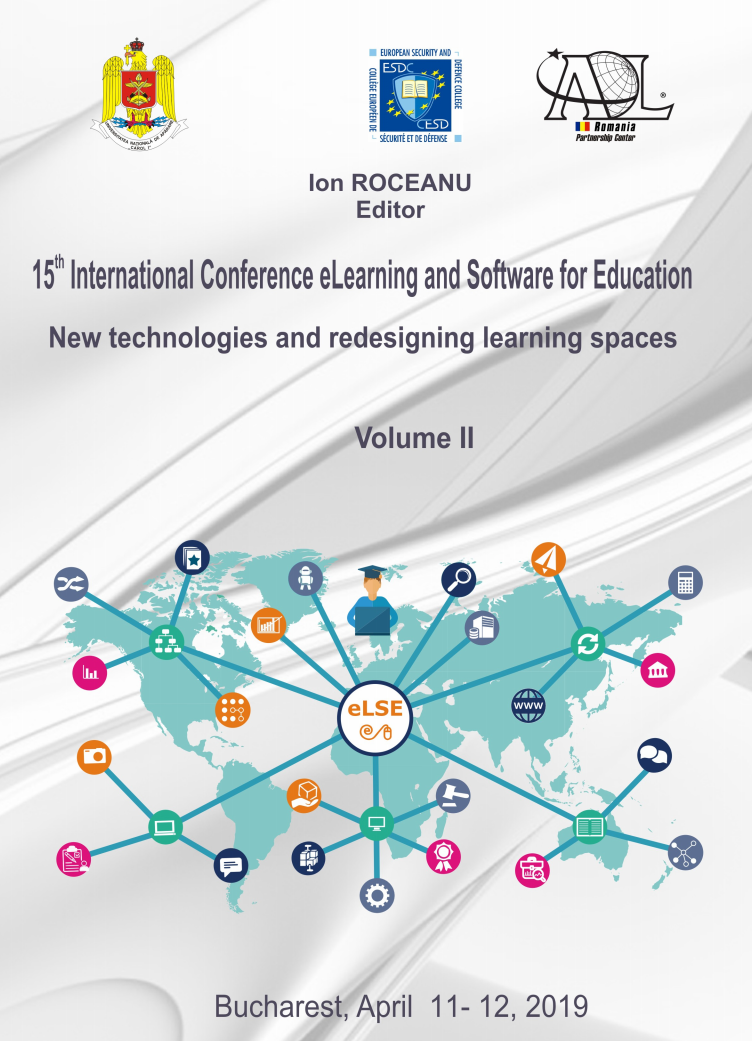The role of an advanced computing environment in teaching and learning mathematics through problem posing and solving
The role of an advanced computing environment in teaching and learning mathematics through problem posing and solving
Author(s): Marina Marchisio, Alice Barana, Claudio PARDINI, Anna Brancaccio, Alberto Conte, Cecilia Fissore, Francesco FLORIS, Anna BrancaccioSubject(s): Social Sciences, Education, Higher Education
Published by: Carol I National Defence University Publishing House
Keywords: Advanced Computing Environment; Learning Mathematics; New Technologies; Problem Posing; Problem Solving; Teaching Mathematics.
Summary/Abstract: Problem solving, i.e. the ability to model concrete situations in mathematical terms and to solve the problems connected to them, plays an important role in teaching and learning Mathematics to and by students at every level of education and is one of the basic skills for the training of citizens. By learning problem solving in Mathematics, students acquire ways of thinking, creativity, curiosity, collaborative skills and confidence in unfamiliar situations, from which they will benefit also outside the Mathematics classroom. The use of digital technologies helps in both representing and exploring mathematical tasks. Technologies also provide a range of tools and opportunities to structure and support learning environments in which students continually interact to build knowledge and solve problems. The national PP&S - Problem Posing & Solving - Project of the Italian Ministry of Education aims to enhance the teaching and learning of Mathematics and Informatics using new methodologies and technologies. One of the methodologies is problem solving through the use of an Advanced Computer Environment (ACE). An ACE is a system that allows one to perform numerical and symbolic calculation, make graphical representations in 2 and 3 dimensions and create mathematical simulations through interactive components. Moreover, it is able to support students in reasoning processes, in the formulation of exit strategies and in the generalization and re-adaptation of the solution in different contexts. The goal of this paper is to discuss the results of an immersive workshop, entitled "Mathematical Exploration with Problem Posing and Solving", involving 50 secondary school Maths teachers, who were invited to reflect on the role of an ACE in learning and teaching Mathematics through problem posing and solving. During the workshop were presented the problem solving methodology used in the PP&S project and an example of a contextualized problem solved with the use of an ACE. The results emerged from the analysis of the questionnaires (initial and final) compiled during the workshop and a study of the works delivered by the teachers, who were asked to design a problem, its resolution and generalization through the use of an ACE. They are useful to understand teachers' reflections on the methodologies proposed and on the impact of new technologies on teaching.
Journal: Conference proceedings of »eLearning and Software for Education« (eLSE)
- Issue Year: 15/2019
- Issue No: 02
- Page Range: 11-18
- Page Count: 7
- Language: English

